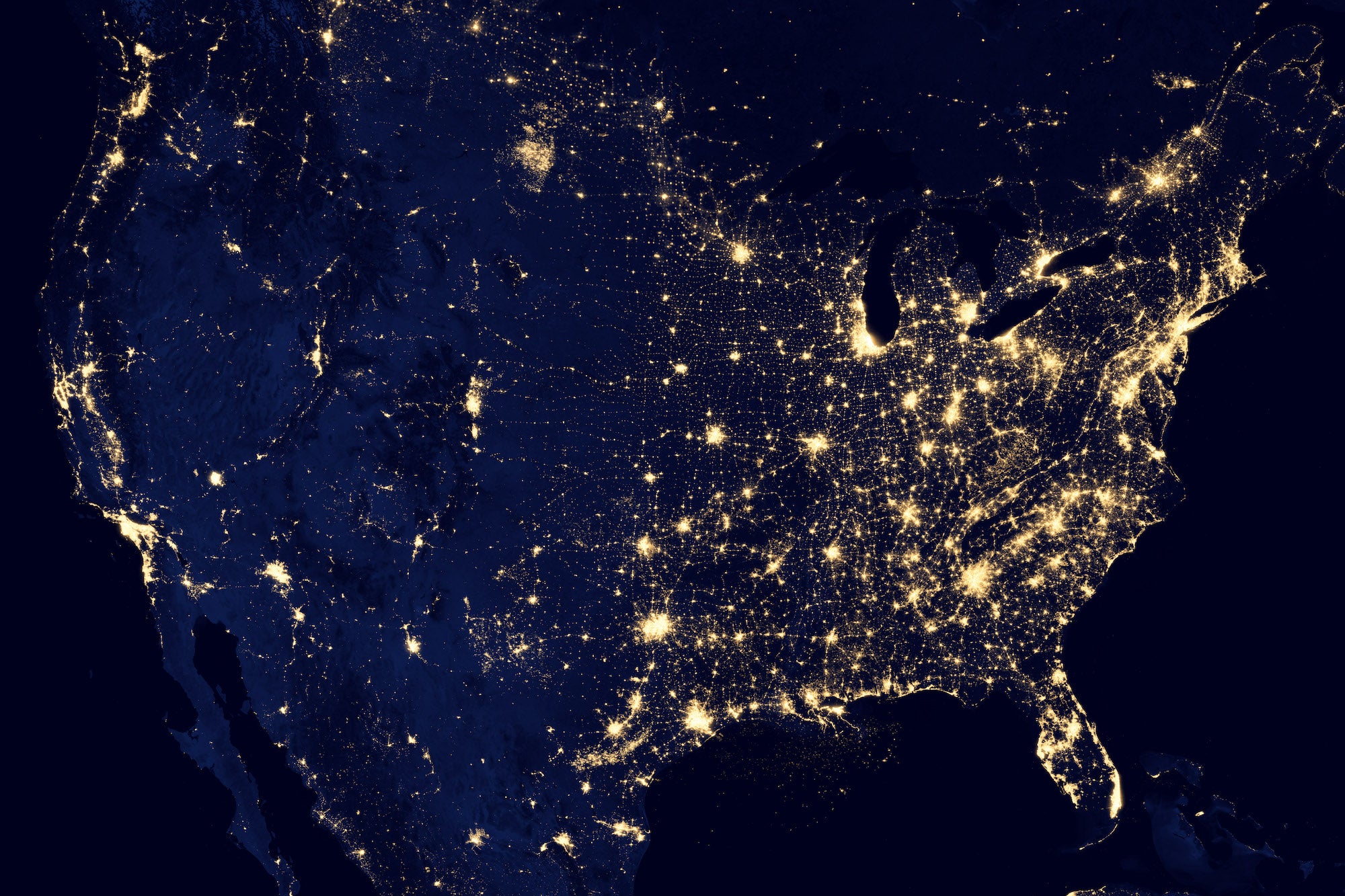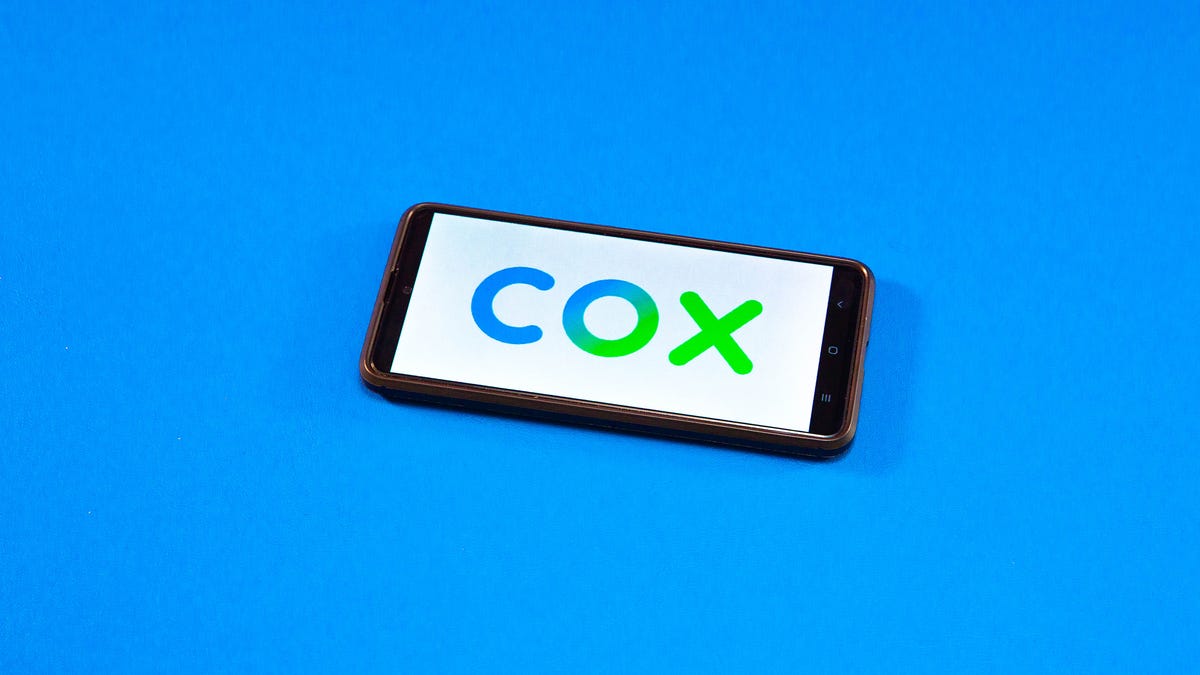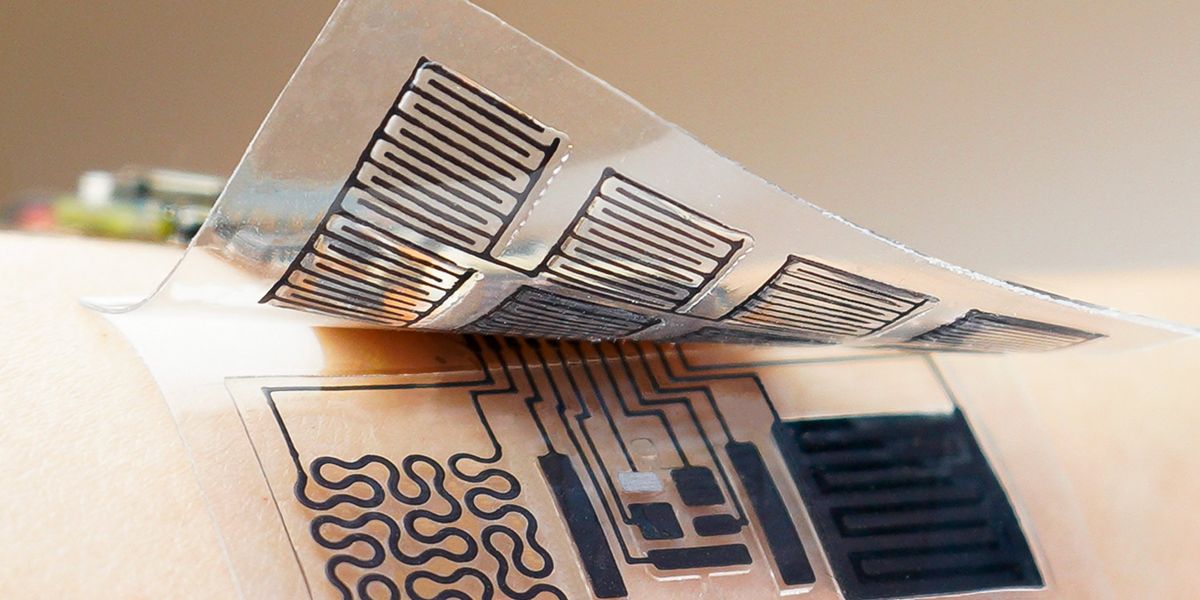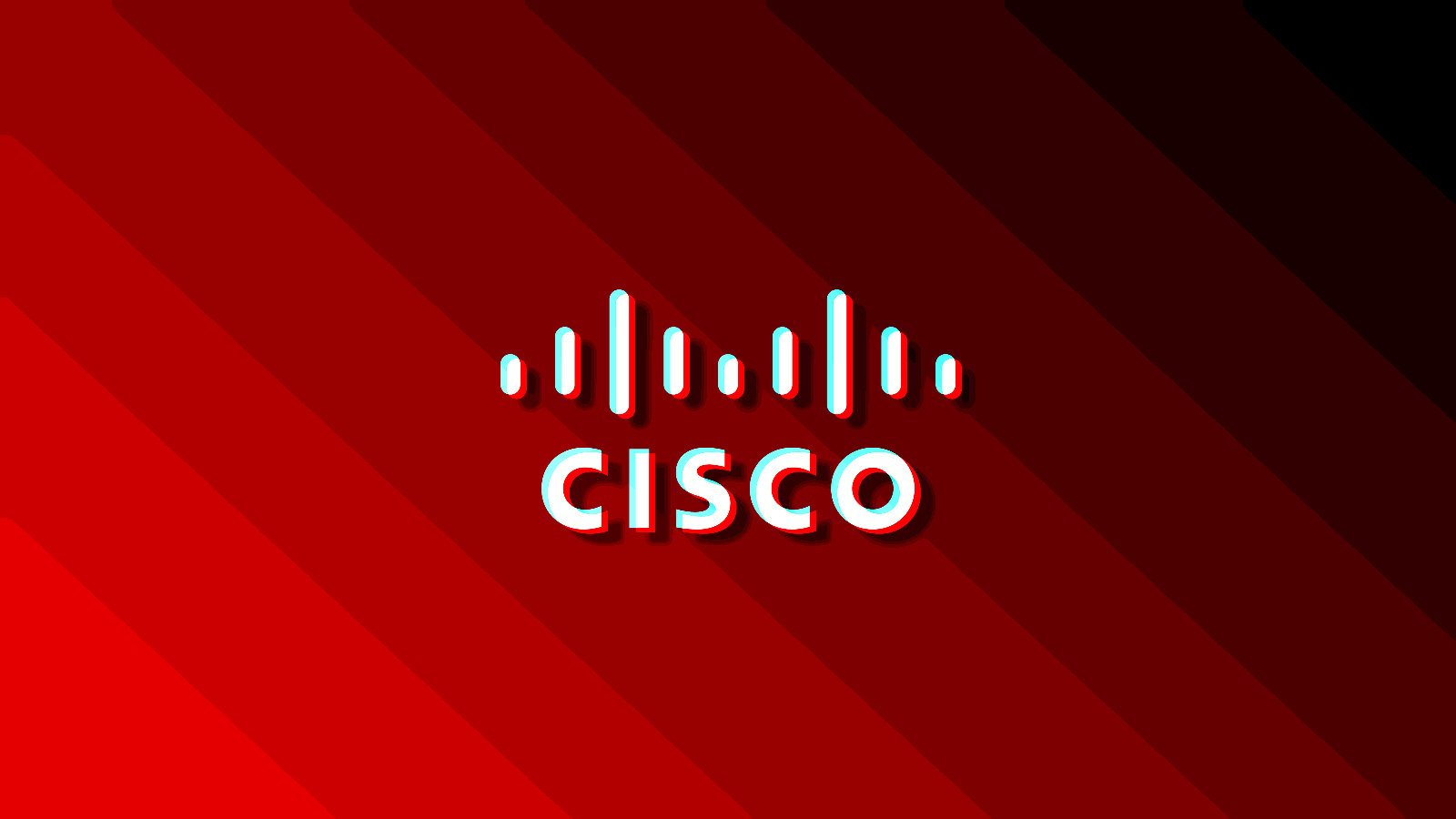The $65 billion financial commitment in web obtain is historic
5 min read
Table of Contents
Very last Friday, the Home of Associates passed a historic infrastructure invoice, which features $1.2 trillion allotted towards supporting planes, trains, strength systems—and the major expense ever for broadband web, to the tune of $65 billion. President Biden is expected to indication it into law on Monday.
Far more than 30 million Us citizens are living in parts with no broadband infrastructure, that means their obtain to large speed net is restricted. This is a bipartisan issue, and its effects were felt most all through the early phases of the COVID-19 pandemic, when employees worked from property and little ones went to faculty online.
“This is something both of those sides of the political aisle have talked about for a extensive time,” says Kevin DeGood, director of infrastructure policy at the Centre for American Development. “This invoice is in line with the kind of tough estimates of what it will just take to attempt to bring broadband world-wide-web to most people in America.”
Here’s what you have to have to know about what this invoice means for world wide web accessibility.
What will the bill do?
The government has allotted $42.4 billion to a Broadband Fairness Obtain and Deployment Application, which is just what it seems like, suggests DeGood. In places without having internet provider, or with spotty, intermittent service, there will be an auction in which private companies can bid on how a great deal money they would require in order to construct out actual broadband world wide web accessibility.
The Pew Investigation Heart continually finds that affordability is a large barrier to broadband adoption in the United States. A program termed the Very affordable Connectivity Fund seeks to handle this, allocating $14.2 billion to deliver a $30 monthly subsidy to provide down the expense of monthly net entry costs for homes that are at or underneath 200 per cent of the federal poverty line. This software is a continuation of the $3.2 billion Crisis Broadband Benefit Method, or EBBP, started off during the pandemic to support low-revenue People get on the net.
Two billion dollars will go in the direction of generating sure indigenous communities have accessibility to the world-wide-web, and $2.75 billion will go towards “digital fairness plans,” like personal computer labs for your nearby library.
Did COVID-19 spur this?
The pandemic absolutely played a job in pushing this invoice to move. “I feel we’ve regarded for a prolonged time that entry to broadband was inconsistently distributed,” Tejas Narechania, college director at the Berkeley Middle for Law & Know-how, says. “But the pandemic, doing the job from home, education from house, purchasing on-line, and relying on streaming products and services for entertainment sharpened our aim on the will need for trustworthy world wide web everywhere you go.”
Narechania factors out that the EBBP advantage, which started all through the pandemic, is what has been modified and prolonged in this monthly bill. But the EBB made available households subsidies of $50, whilst this new monthly bill will only offer a subsidy of $30, so some households will have to fork out $20 more out of pocket for online provider.
“But the system was due to expire, so these customers are in fact far better off than they in any other case would have been,” states Narechania.
Will this monthly bill be plenty of to get net entry to absolutely everyone?
Gurus have created diverse estimates on how a great deal it would cost to get wall-to-wall protection nationally. It is tricky to know how substantially this monthly bill will narrow the electronic divide because we never have accurate maps of exactly where provider is or is not, states DeGood, for the reason that of the nature of the technological innovation.
One particular of the provisions in the bill is to give the government extra authority to need superior information from these personal community providers. Not like road maps, exactly where gurus can glance at a map and see exactly where there is or is not a highway, with the net, specialists can examine a map and see that fiber optic cable has been laid down, but not know who is accessing that cable.
Our estimate is “based on guesses as to no matter whether or not persons are being served dependent on fiber maps and other wireline know-how,” states DeGood. Just mainly because a line might pass by someone’s house doesn’t indicate they routinely have online obtain.
“Based on the greatest estimates that are out there, this $65 billion need to probably get the task carried out,” says DeGood. “But if it’s a small bit short, I have each and every reason to think that Congress will arrive again and expend more in potential a long time if there are gaps remaining.”
Is this modifying how we see the world wide web?
In 2016, the UN General Assembly declared internet access “a human proper.” But for a very long time, the world-wide-web was found much more as an optional add-on than a necessity. But this could be the beginning of a shift in the way we see the world-wide-web, states DeGood, looking at it as additional of a public good—like energy or water—than a personal luxurious.
Adie Tomer, senior fellow in the Metropolitan Coverage Software at the Brookings Establishment, thinks the world wide web can indeed now be in comparison to a utility like electric power. “No 1 living in a fashionable economic system right now can envision a working day devoid of electric power,” he claims. “From charging your telephone to the dishwasher, all the things runs on the electric powered grid. And as of March 2020, broadband became an important utility for Individuals.”
But as opposed to energy, Timer claims broadband is a privately operate utility company that is remarkably underregulated, specifically missing regulation all-around a common mandate to offer economical and ubiquitous provider.
And broadband access is a single of the most pressing issues in our society today. “This is easily the infrastructure sector with the largest gaps in the United States,” says Tomer. “So it is really, truly crucial that we get to do the job on this.”







